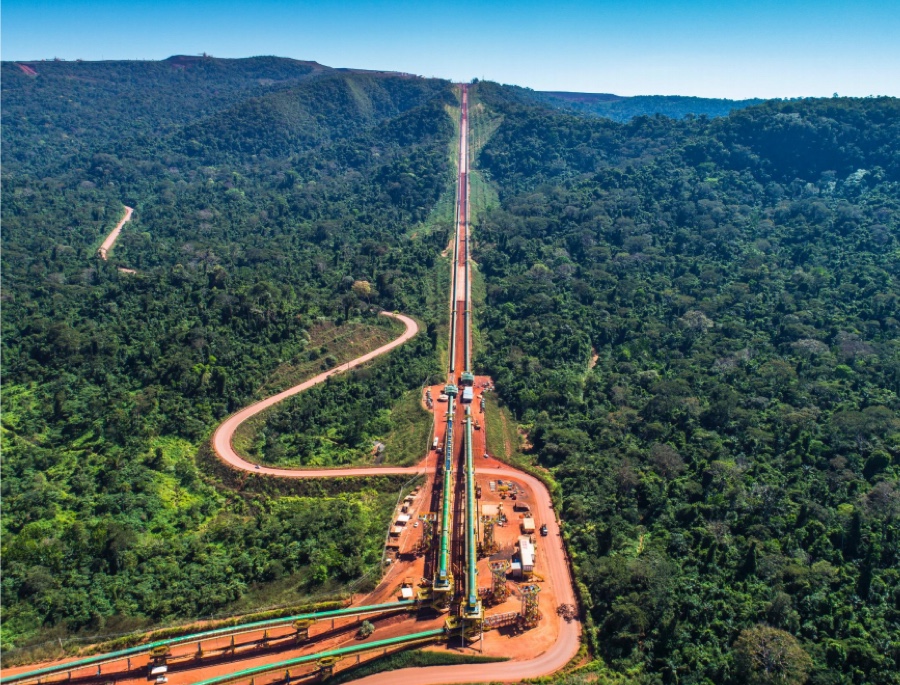
Brazil’s Vale (NYSE:VALE), the world’s No.1 iron ore miner, said Friday that output of the steelmaking material hit a fresh record high in 2017 thanks mainly to the outstanding performance of its so-called northern system, even though seaborne sales were a tad lower than in 2016.
The Rio de Janeiro-based company said total iron ore production last year reached a record of 366.5 million tonnes, as the northern system — composed of its Carajás, Serra Leste and its massive S11D mine — boasted output of 169.2 million tonnes of iron ore.
For 2018, the miner restated it expects to reach a new record by producing 390 million tonnes of iron ore.
Sales of the commodity, however, dropped 0.7% last year when compared to 2016, even as Chinese steel mills favoured top quality iron ore produced by the big three — Vale, Rio Tinto and BHP — mostly to comply with the country’s tougher environmental rules.
Vale, also the world’s No.1 nickel producer, said production of the metal fell 7.3% to 288,200 tonnes, attributing the declines to the company’s “commitment to maximizing cash generation.”
 The company, which owns the Voisey’s Bay nickel mine and concentrator in the Canadian province of Labrador, announced in August it was taking a second look at its plans to extend the operation underground.
The company, which owns the Voisey’s Bay nickel mine and concentrator in the Canadian province of Labrador, announced in August it was taking a second look at its plans to extend the operation underground.
The roughly $2-billion project was sanctioned in 2015, and was scheduled to begin production in 2020. That timeline is now unclear as oversupply continues to weigh on nickel prices, even with the metal’s status as a key input for the lithium-ion batteries that power electric vehicles.
In December, Vale dialled back its nickel output forecasts for the next five years and said it was ready to shut its New Caledonia nickel mine, located on a Pacific island, if partners are not found by the second half of 2018.